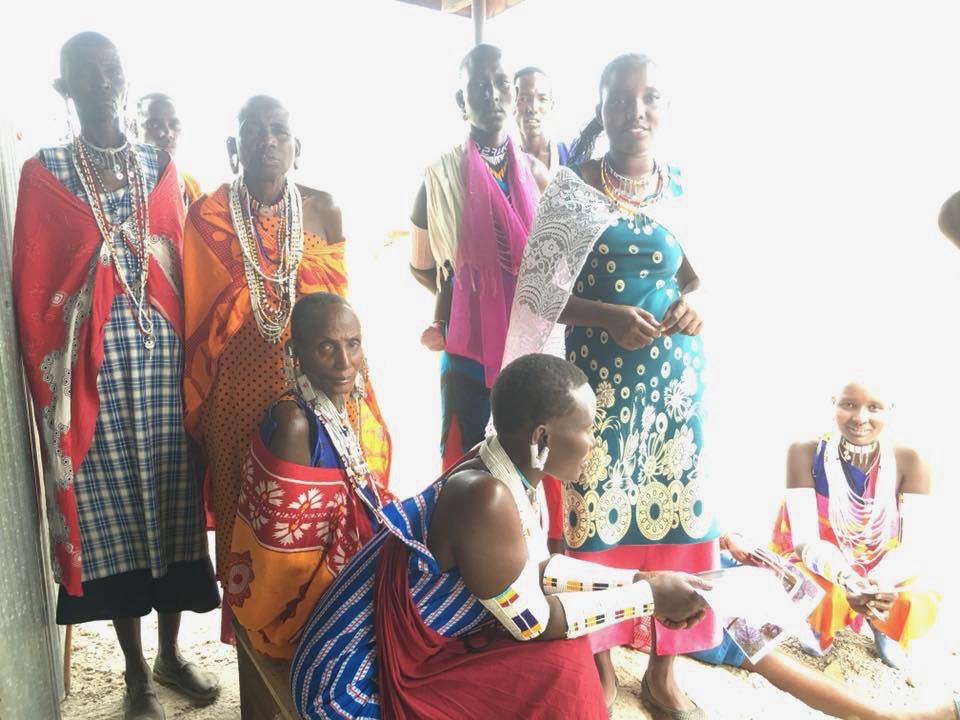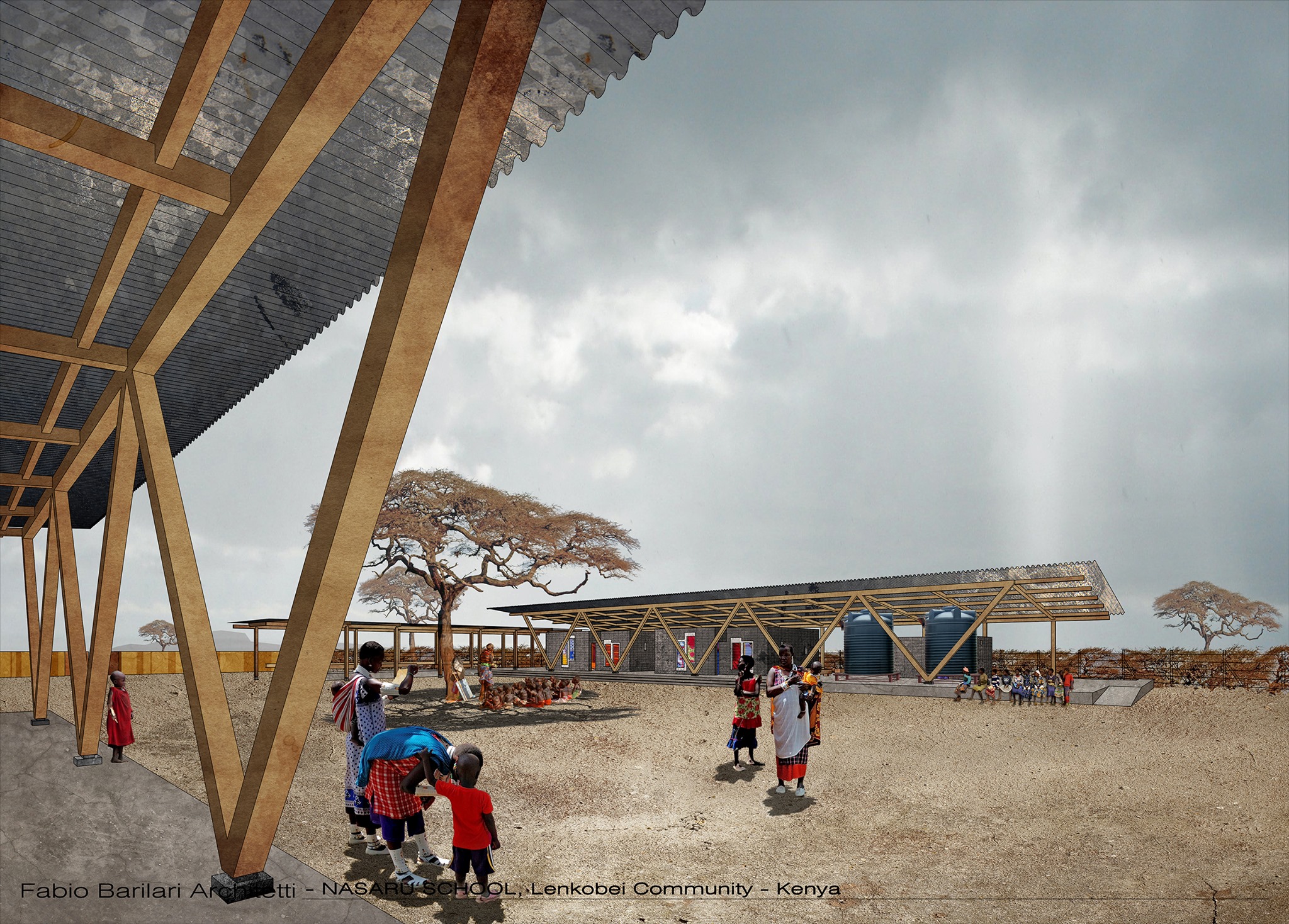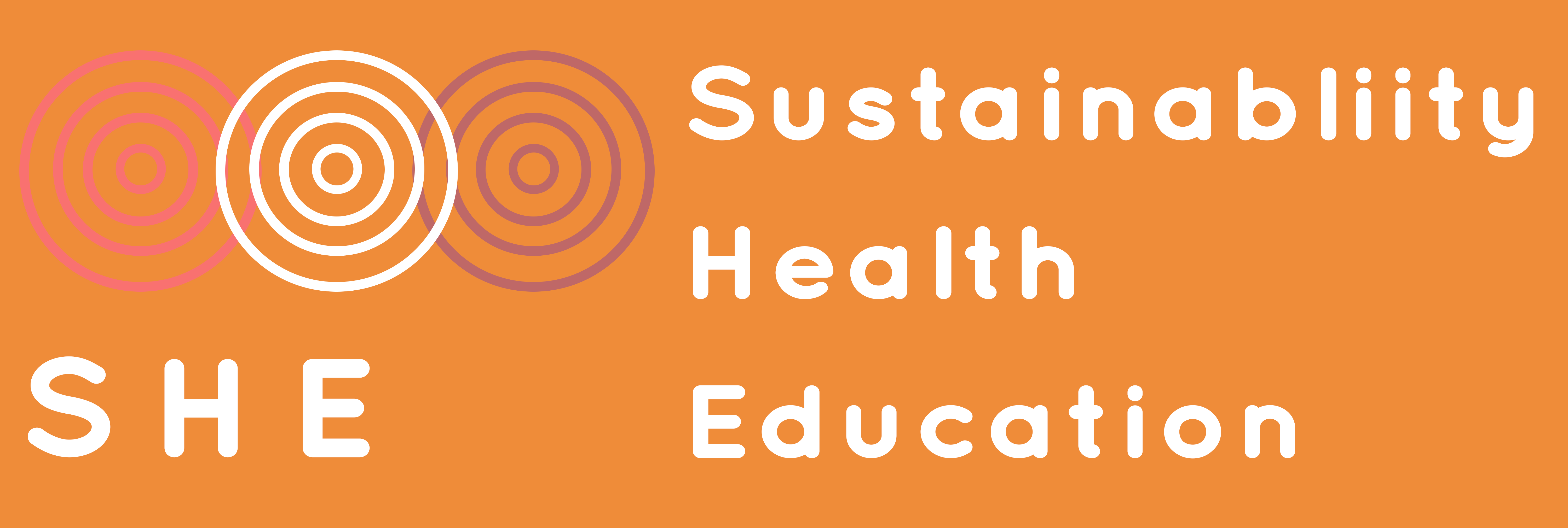Investing in Climate-Resilient Development
SHE promotes joint investments and partnerships with International and National Foundations and local partners to support Community based initiatives of Indigenous People to build Climate Resilience.
Background
Climate change and the increased frequency and intensity of droughts and floods, are leading to the desertification of Arid and semi Arid Lands (ASALs) in the Rift Valley and around the salt lake in Somphole, Kenya. This is severely compounding the existing poverty of the local Maasai Communities, who heavily depend on natural resources and ecosystems for their livelihoods.

Previously nomadic, many Maasai communities who lived between Kenya and Tanzania, have lost their livestock due to the impacts of climate change and extreme events in their ecosystems and natural resources, thus losing their livelihoods.
Around 5000 Maasai people have been forced to settle in the remote arid lands near the salt lake near Magadi. The closest town with an electricity grid, water pipelines, schools, and medical facilities is Magadi, located more than 20 miles (~40 km away) – a day’s walk for most Maasai, or an hour’s motorcycle drive through desert shrubland and a dirt road.

Climate Resilient School and Health Hub in Maasai Land
SHE facilitates partnerships to support the establishment of a Climate Resilient School and a Health-Hub to serve the Maasai communities of Lenkobei and Somphole in Kenya. SHE continues to be committed to fulfilling the education, health and climate-resilient development needs of a while preserving their cultural heritage and natural ecosystem.
Learn more: Climate Resilient School and Health-Hub.

